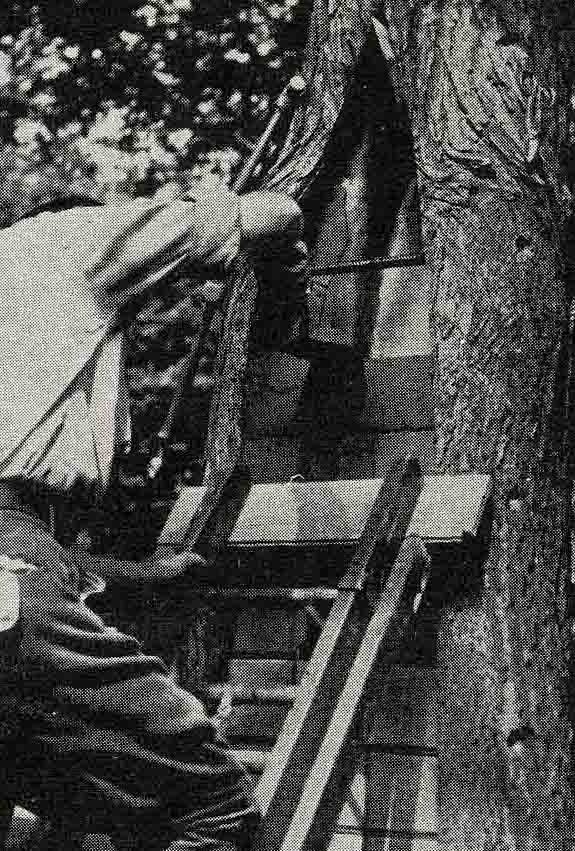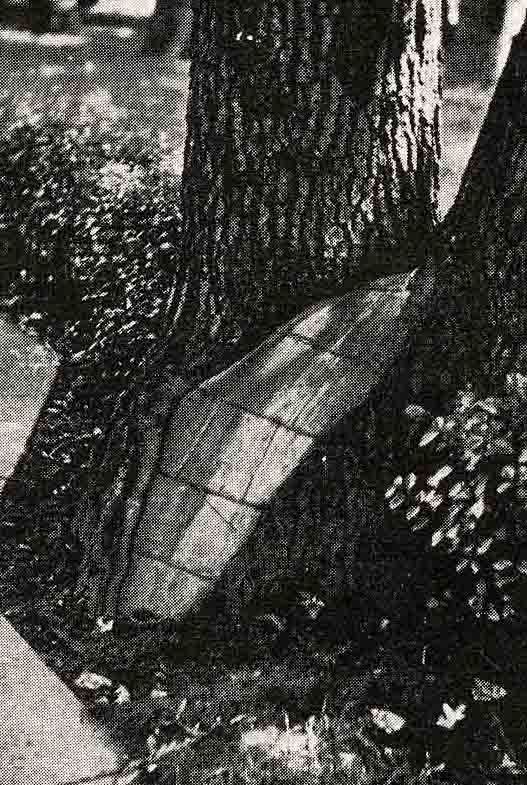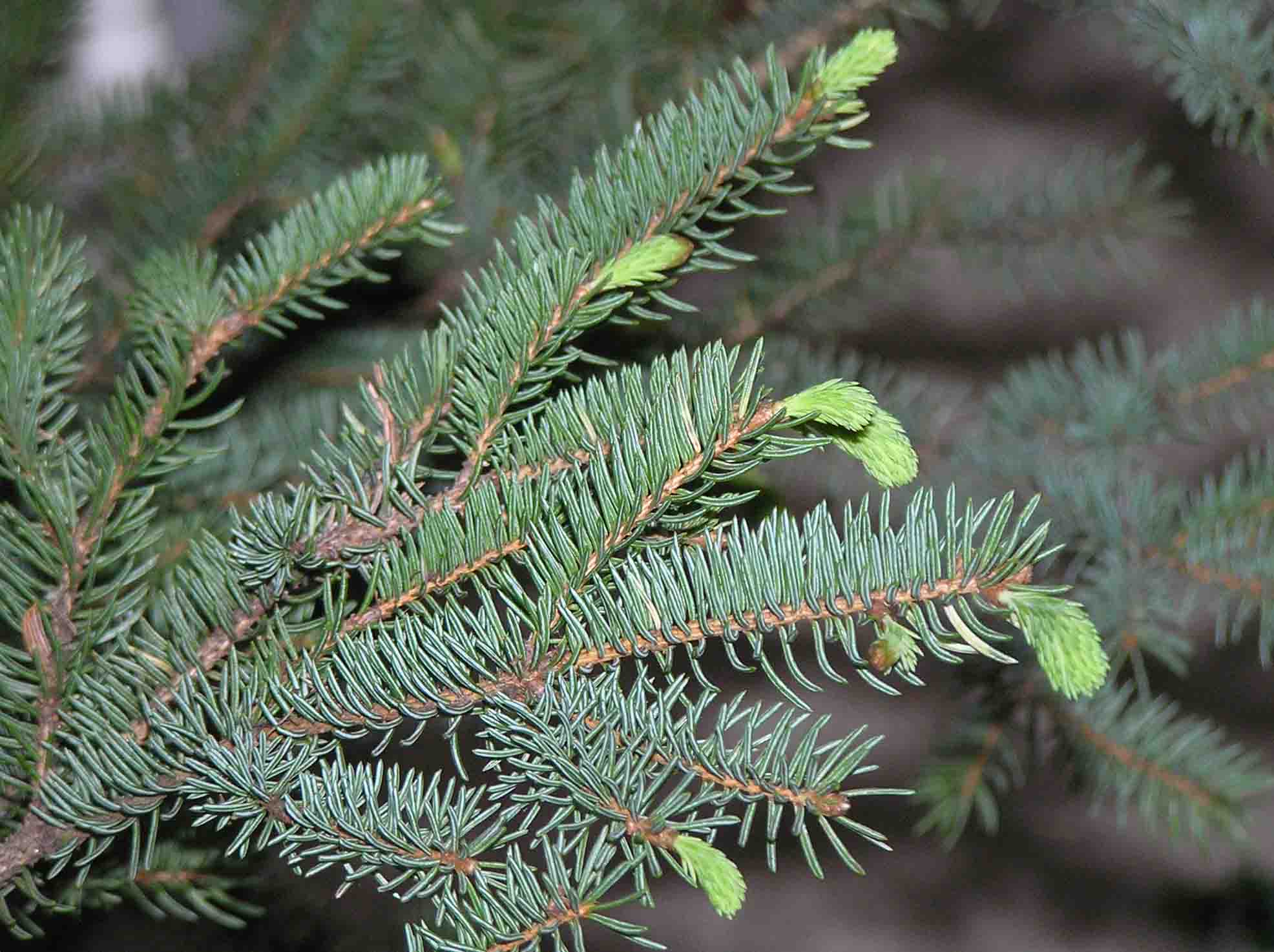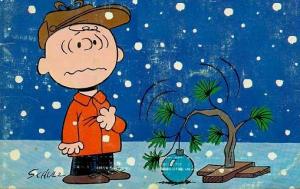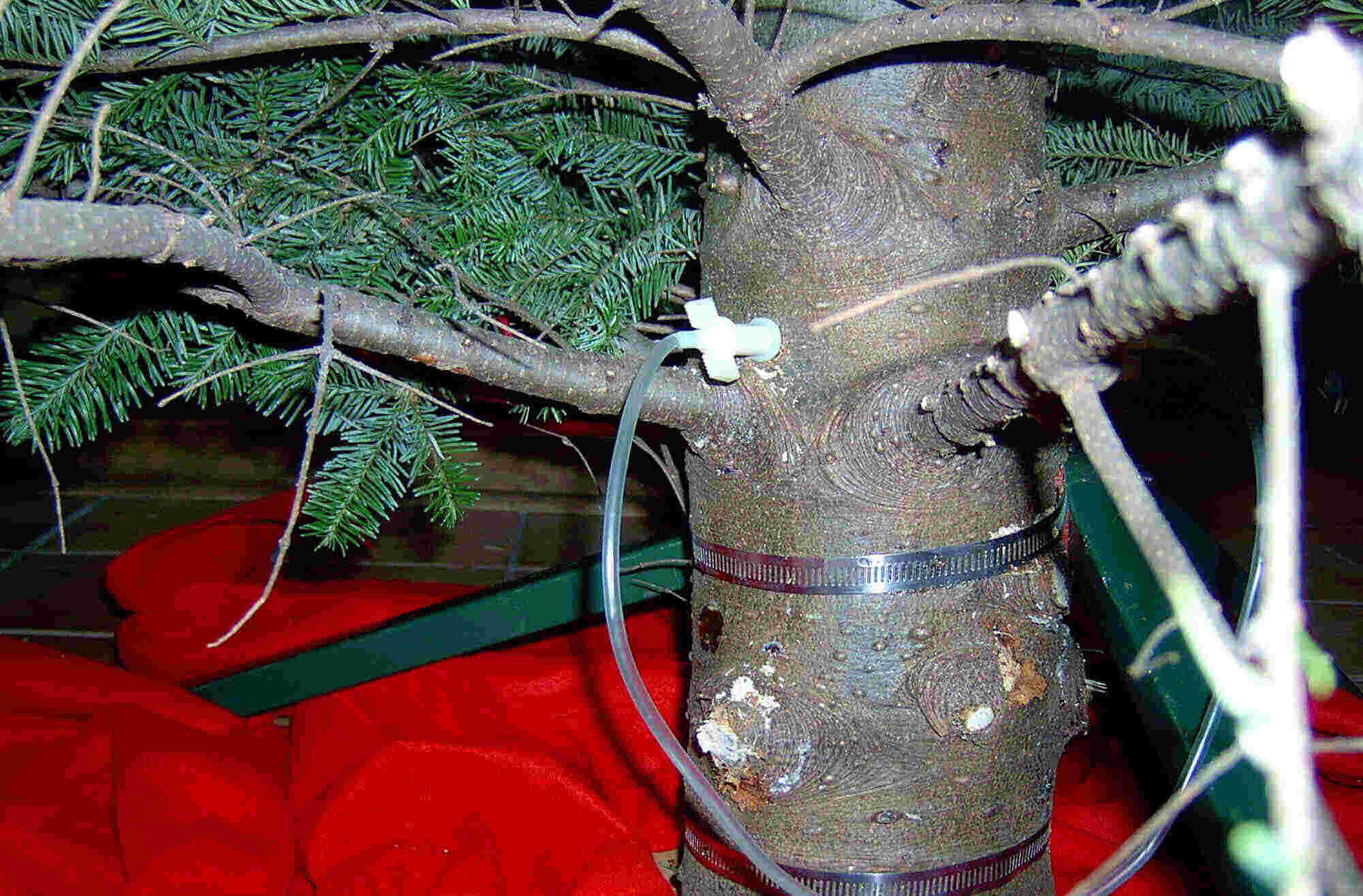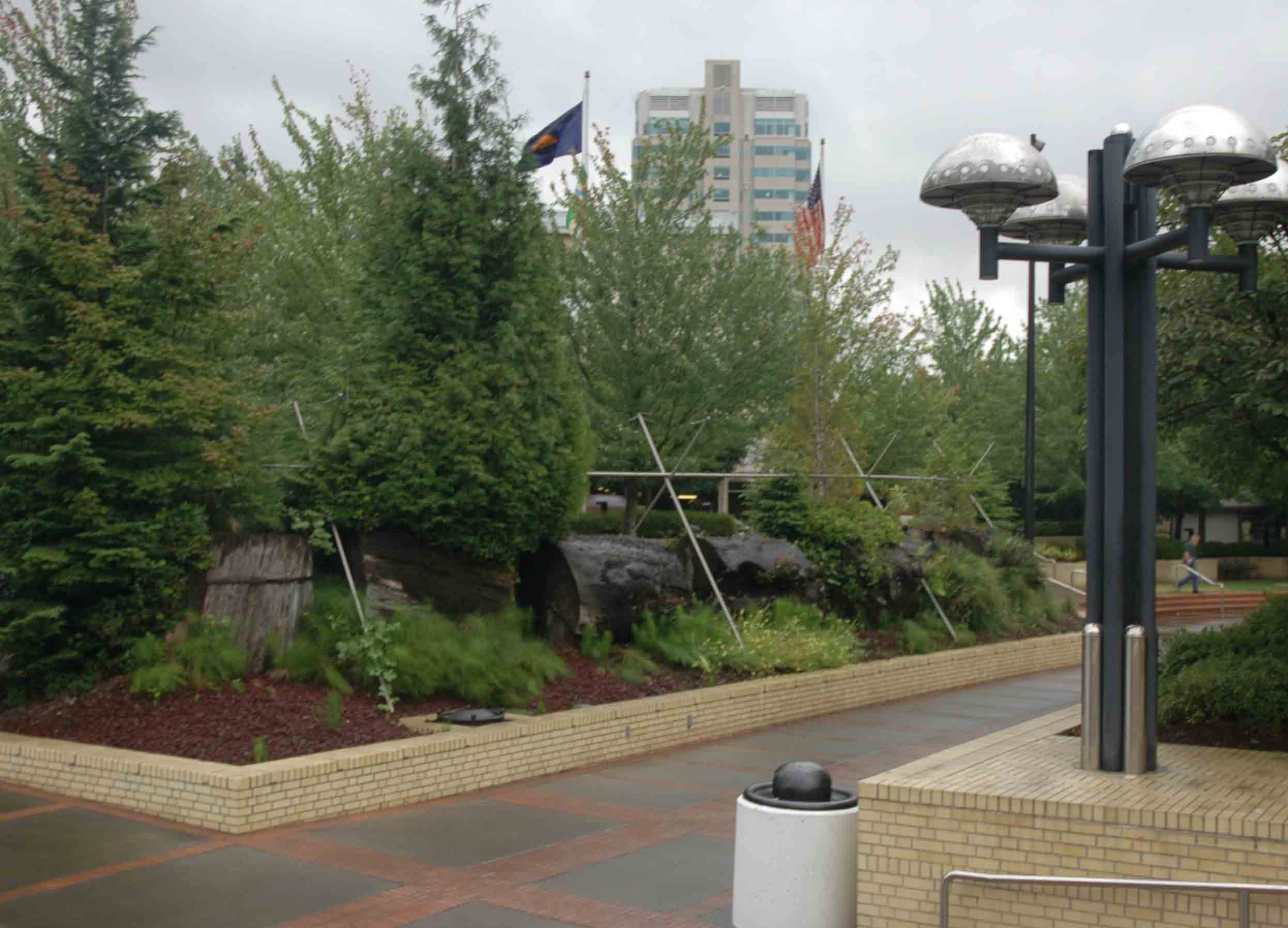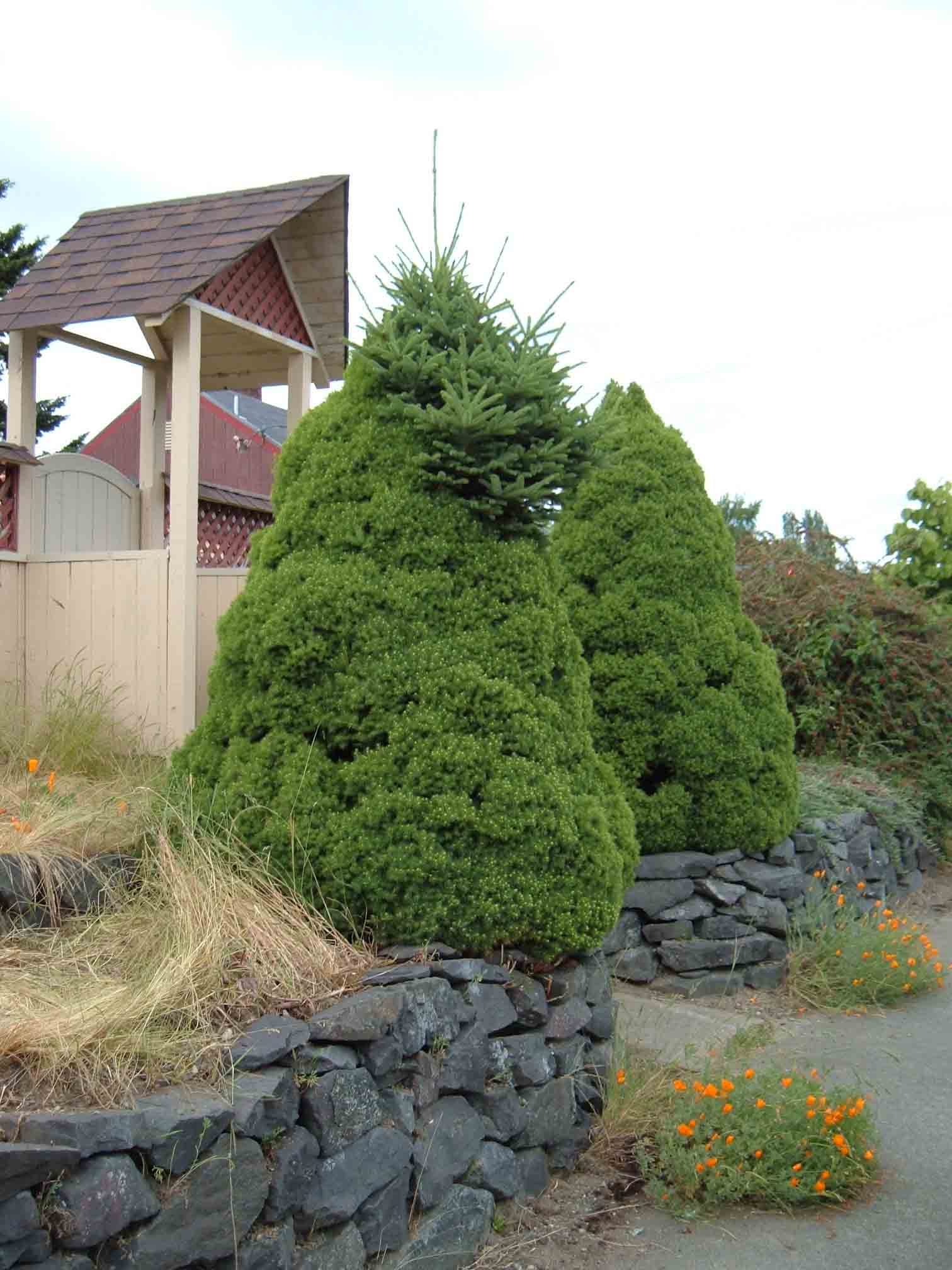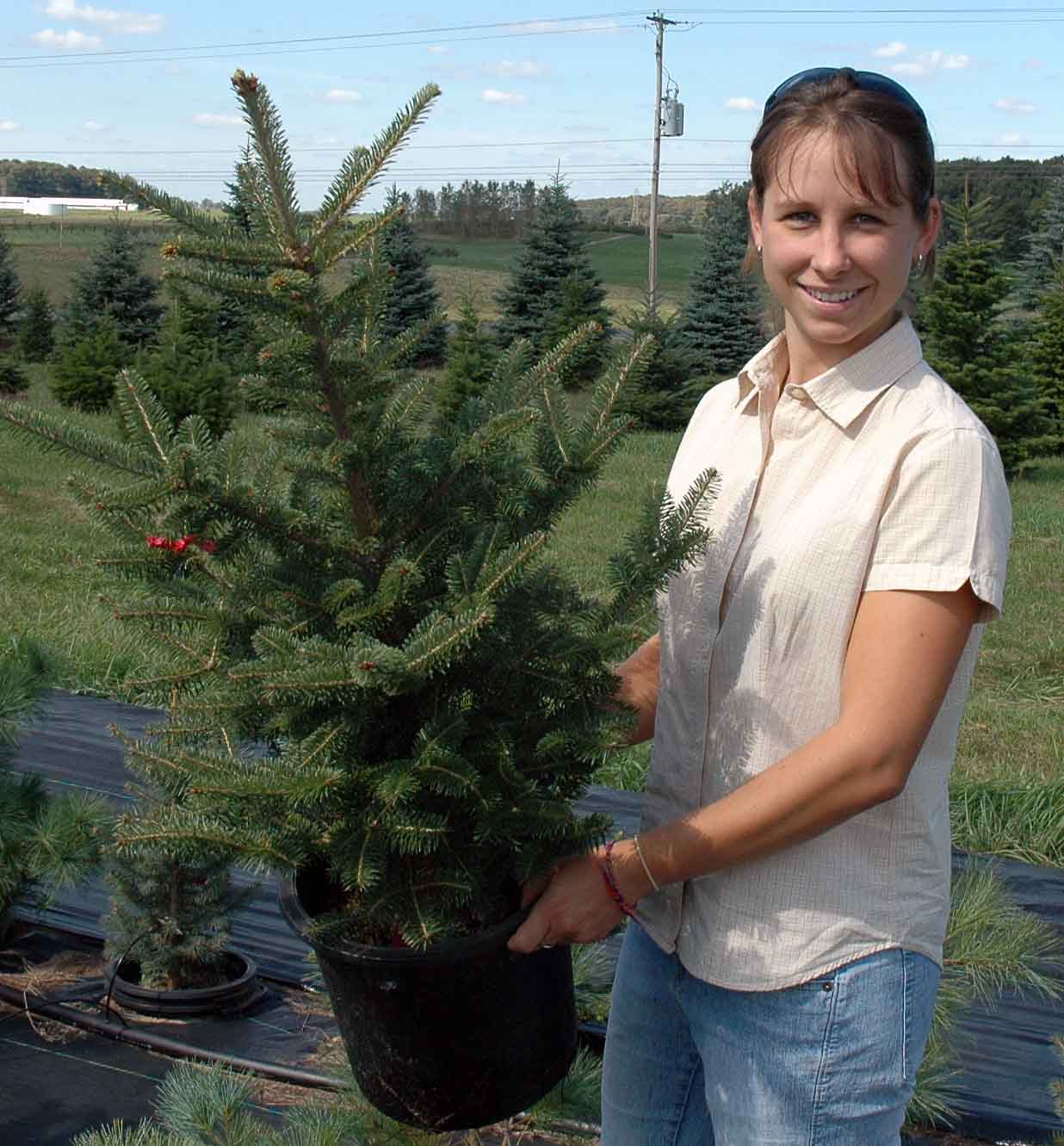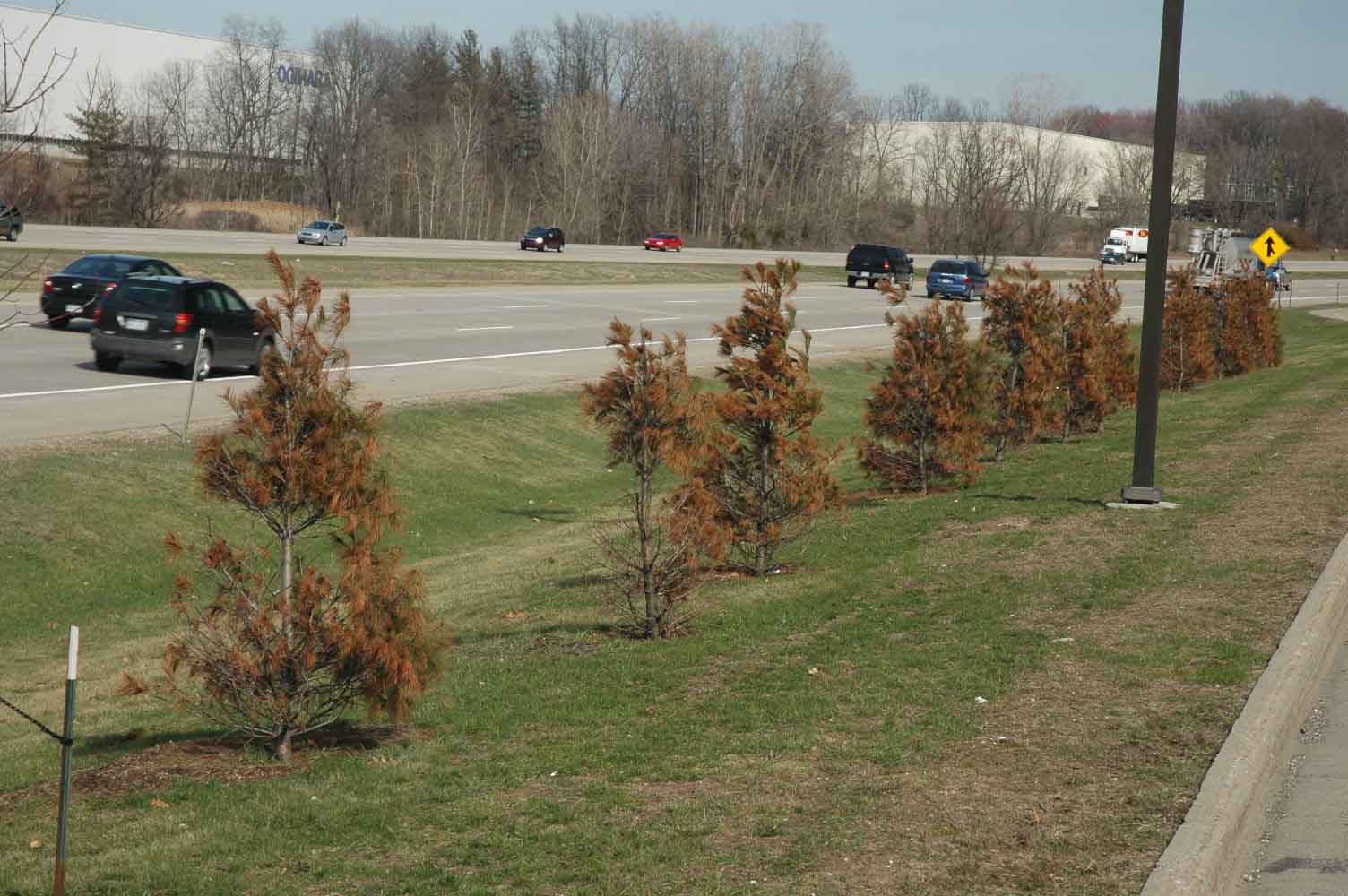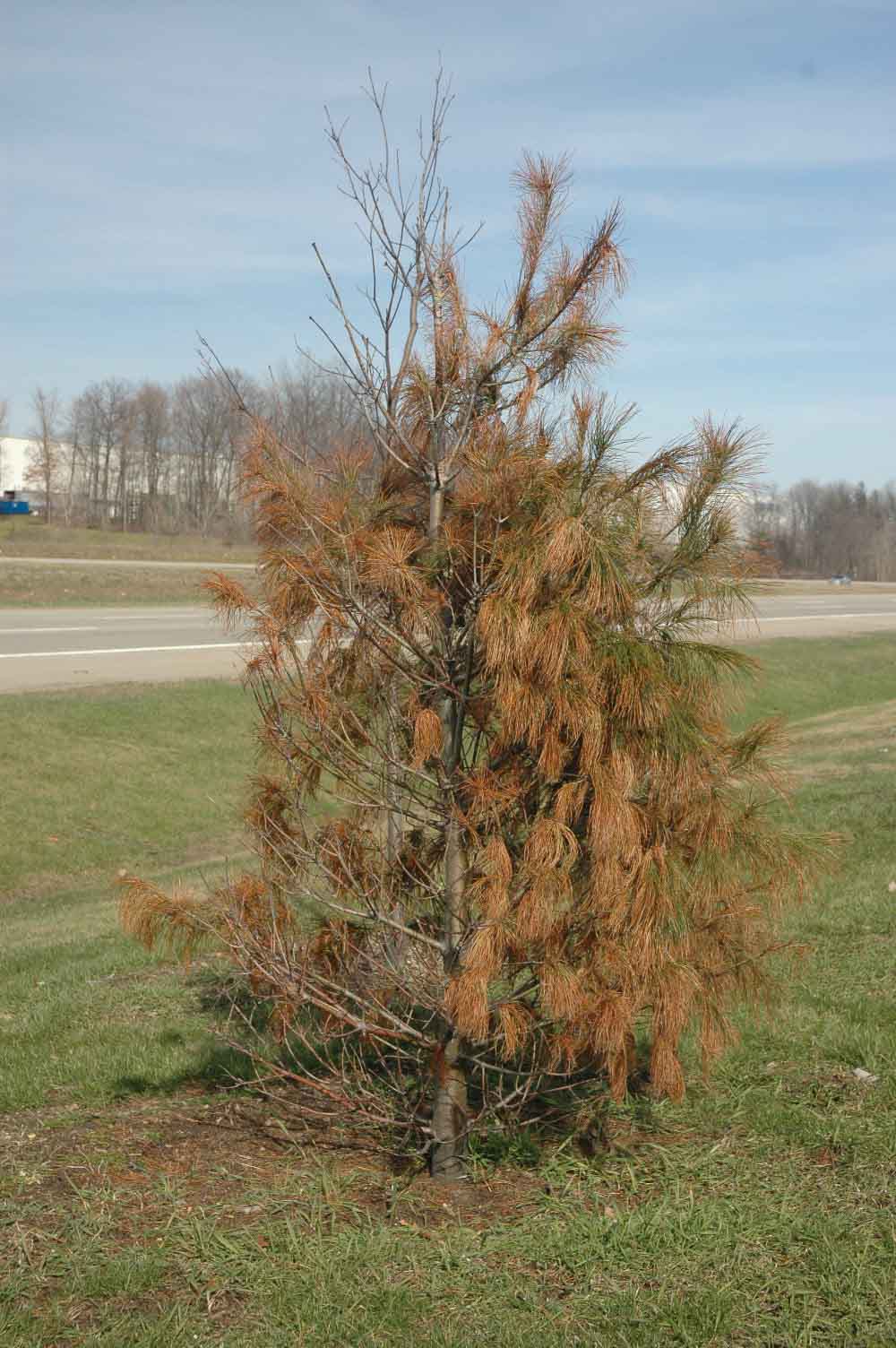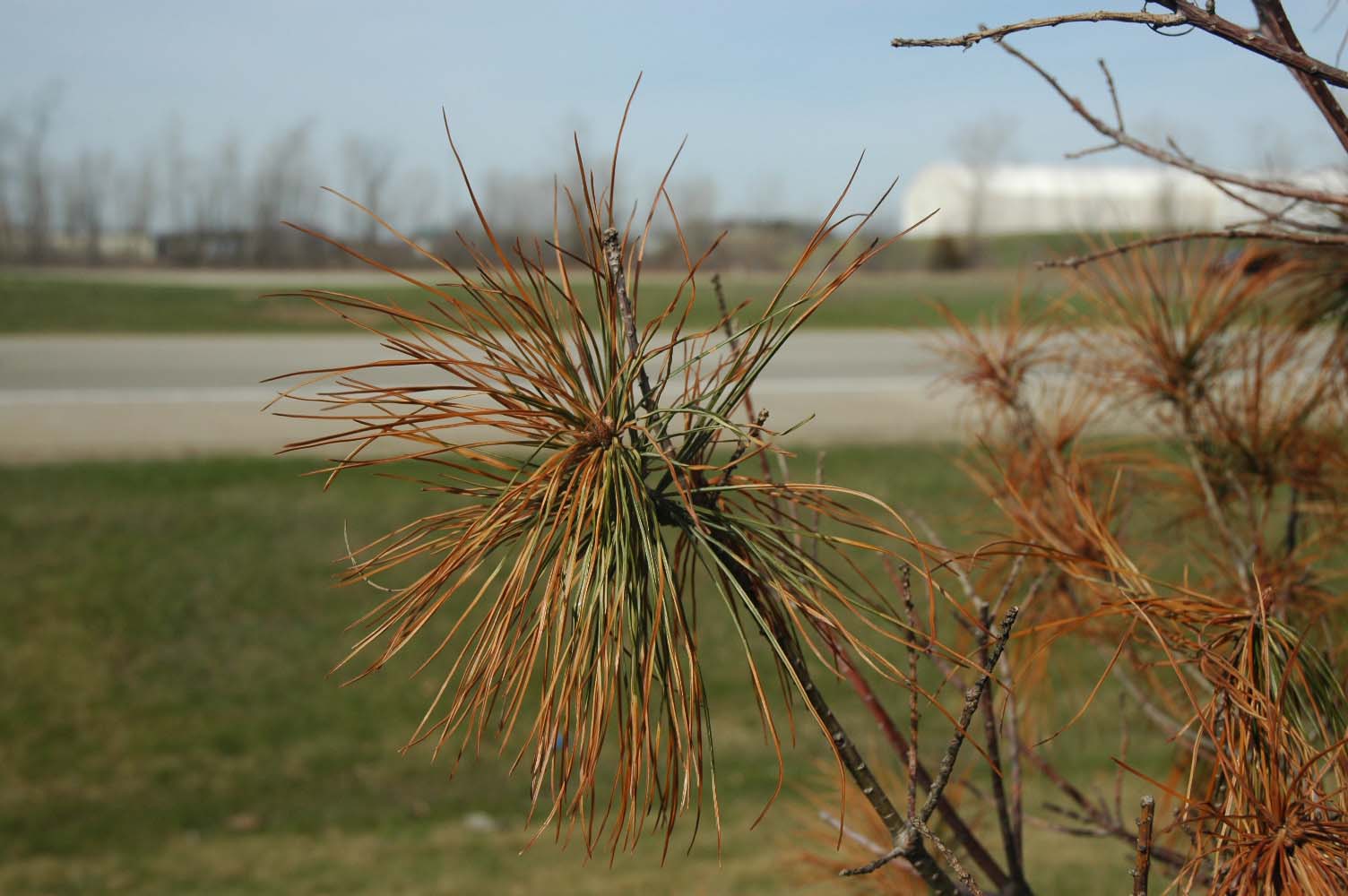As winter continues to hold its icy grip over the middle of the country, our thoughts don’t stray too far from plants and cold. Recently one of the graduate students in our department, Nick Pershey, brought to my attention a new product called FreezePruf that claims to improve plant cold hardiness by up to 9 degrees F. Since a couple of degrees of improved cold tolerance can be a big deal (just ask a Florida citrus grower after a 29 deg. F night), nine degrees F. is huge. At first blush, FreezePruf looks ripe for the Garden Professors’ picking. The promotional claims are sensational and are followed by the obligatory exclamation points. “Just spray it on. It’s like moving your temperature zone 200 miles south!” So the obvious questions are: What is it? What does it do? Does it work?
What is it? FreezePruf is a mixture of several fairly common compounds. These include WiltPruf (a film-forming anti-transpirant), SilWet (a surfactant – helps material spread and stick to leaves), AgSil (potassium silicate), polyethylene glycol (an osmoticum – PEG is widely used in cosmetics and laxatives), and glycerol.
What does it do? To understand what FreezePruf does it’s helpful to understand how freezing injury occurs in plants and how plants tolerate freezing. First, remember that water exists in plant tissues between plant cells (extracellular) and within cells (intracellular). When plants are exposed to freezing temperatures ice forms first between cells (extracellular ice) but not within the cells. This is due to the fact that water within cells contains solutes that depress the freezing point. Freeze damage can occur in a couple ways. One is ice formation within cells (intracellular ice). Tissues can also be damaged if cells become excessively dehydrated as a result of extracellular ice formation – the ice between cells acts like a salt or osmoticum to continue to draw water of the cell and into the intercellular spaces. The formulation of FreezePruf apparently acts to depress the freezing point within the cells (due to potassium ions and PEG) and to limit cell dehydration.
Does it work? At present the only data available on FreezePruf is from the product developers in their patent application. To date, nothing on the product has been published based on peer-reviewed studies; which always makes the Garden Professors skeptical. The product development team, however, is lead by Dr. David Francko, a plant biologist and Dean of the Graduate School at the University of Alabama. Data in the patent application show improved cold hardiness on the order of about 4-5 deg. F for a variety of cold sensitive plants, mostly palms, bananas and annuals. In some cases the protection was only a couple of degrees but in one case ranged up to 9 deg. F.
What’s the bottom line? For most gardeners the principle benefit of FreezePruf would be to protect plants from the first few early frosts in the fall. The question is whether you’d rather spray a relatively untested product versus relying on tried and true methods (e.g., bringing container planters in, covering sensitive plants with old bedsheets). The developers claim FreezePruf can last up to 6 weeks – that could save a lot of dragging bedsheets around the yard.
Caveats: FreezePruf is marketed as ‘Eco-Safe’ – whatever that means – although the MSDS sheets of some of the component products indicate eye and skin irritation are possible. Until a longer-term database is available I would be cautious of unintended results. For example, could this stuff make plants more attractive to pets or wildlife? We’ve seen reduced cold hardiness in conifers using WiltPruf alone, it would be interesting to see some data on Freeze-Pruf on conifers before recommending it for use on those.
